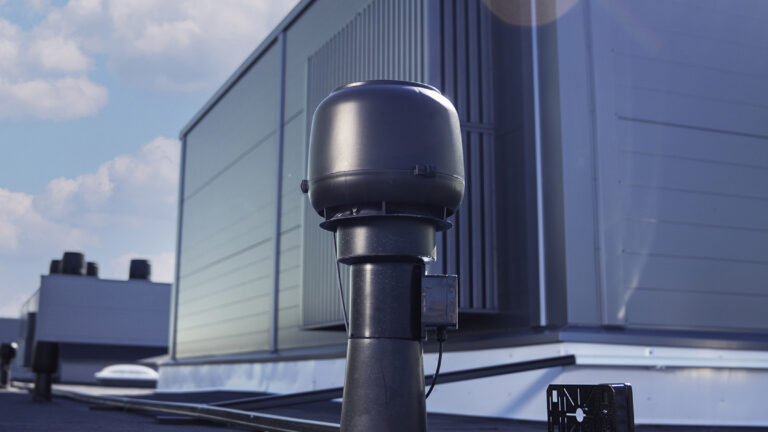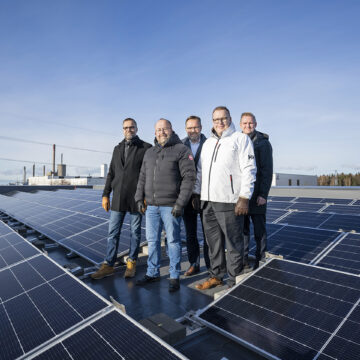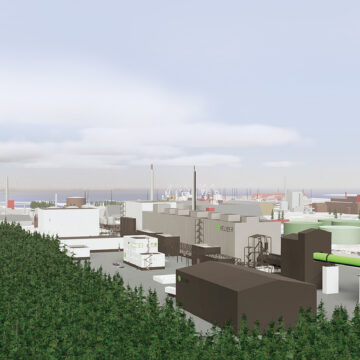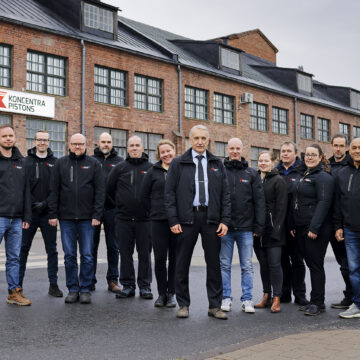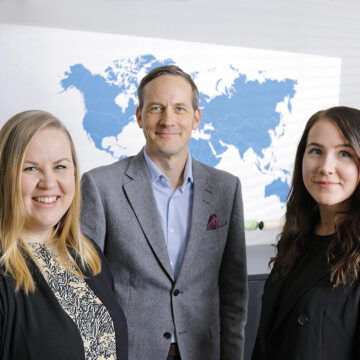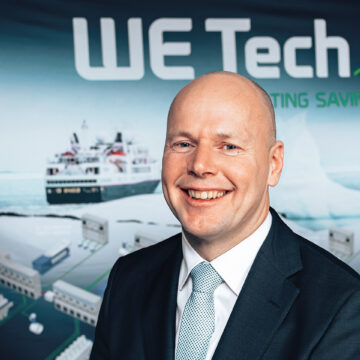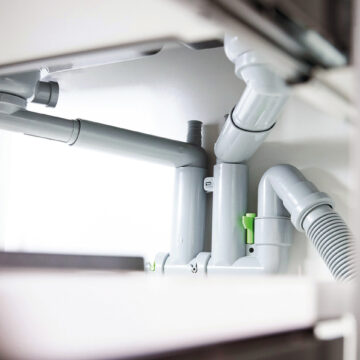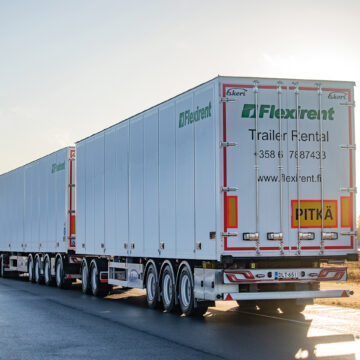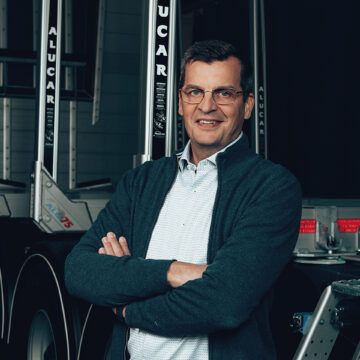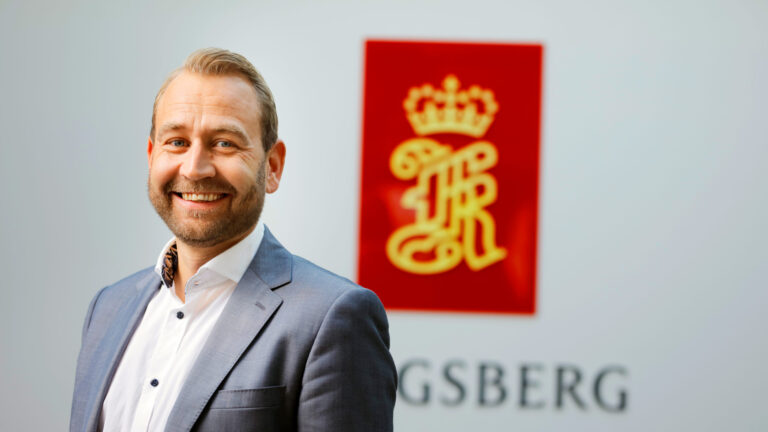
Kongsberg Maritime delivers fuel-efficient waterjets
KONGSBERG MARITIME acquired Rolls-Royce Commercial Marine’s activities in April 2019. This meant that the renowned Kamewa waterjets manufactured in Kokkola found a new natural home in Kongsberg’s portfolio.
“Kongsberg is a strong, global player in the marine field of electrical and automation systems. The waterjets were complementary to the other marine-related products. Thanks to a recent significant investment, our Kokkola factory is modern and efficient. We handle the whole production chain, from purchasing to production, assembly and stock-keeping of components”, says Fredrik Appel, General Manager Product, Waterjet.
KONGSBERG MARITIME in Kokkola manufactures a wide output range of aluminium and steel waterjets, starting with the smallest 260kW inthe aluminium series all the way up to 36,000kW for the high-end steel series. The most significant differences in the waterjets manufactured depend on their field of application and speed.
“The aluminium jets are designed for a maximum of 40 knots and rather few yearly operating hours, while the steel jets are intended for extensive operation well above 1,500 operating hours. These can handle a much higher strain with speeds exceeding 60 knots”, says Appel.
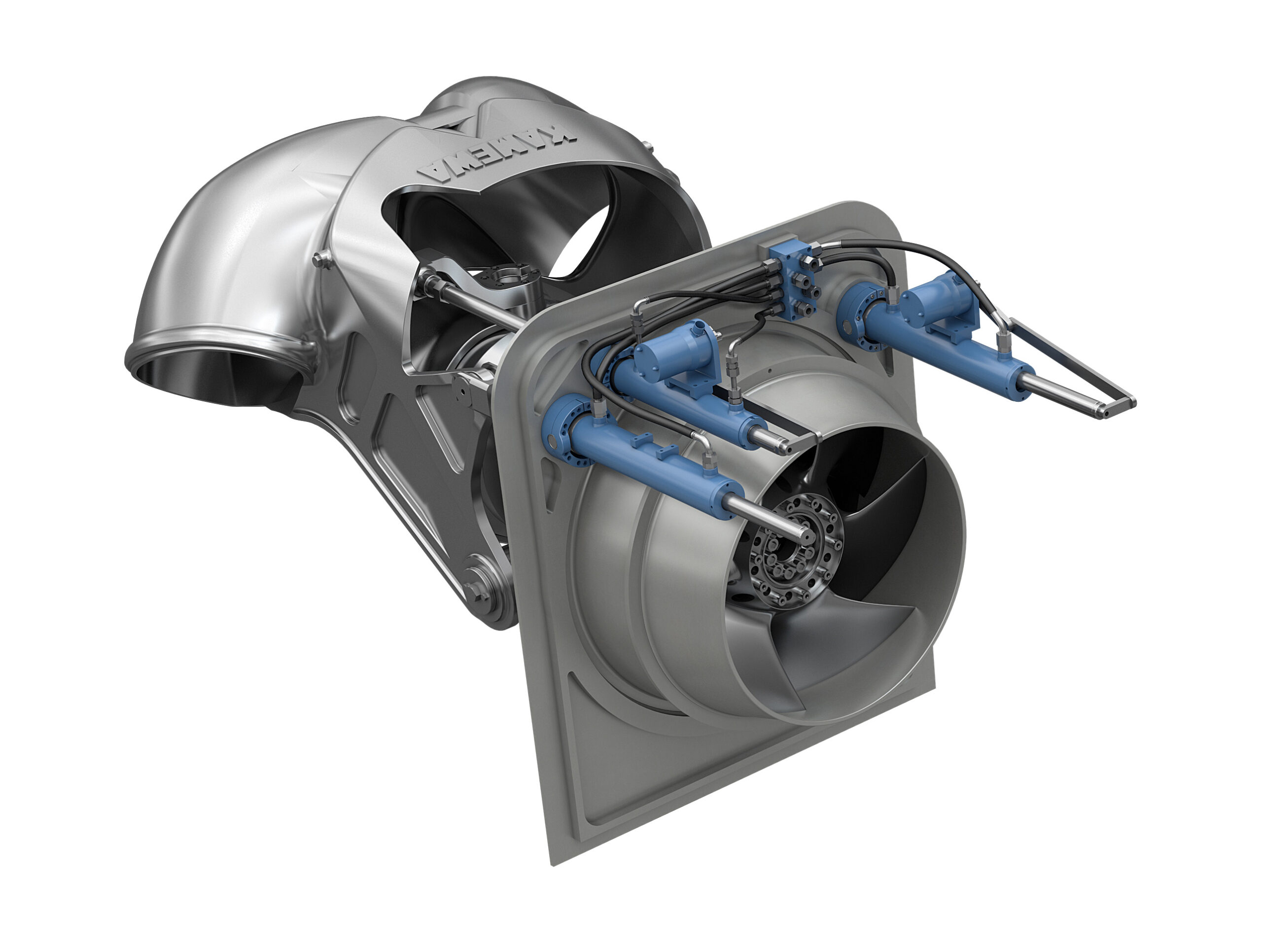
THE WATERJETS are intended solely for the highspeed segment covering ferries, coastguard and navy vessels, among others. In general, if a boat is going faster than 25 knots, the waterjet has a much better fuel economy than a conventional propeller.
“Lower fuel consumption at high speeds means reduced emissions. For navy vessels, a longer range with the same amount of fuel is important. Every pump generation is 3–4% more efficient than the previous one. Furthermore, waterjets generate fewer vibrations and 5–10% less noise than propeller solutions”, he says.
The Kamewa waterjets built in Kokkola are well suited for boats up to 100 metres long.
“When choosing a propulsion system, life-cycle costs are as important as fuel efficiency. For example, in our steel series of waterjets, vital parts such as bearings need to be replaced only after 25,000 operating hours, which is a very long time”, he says.

